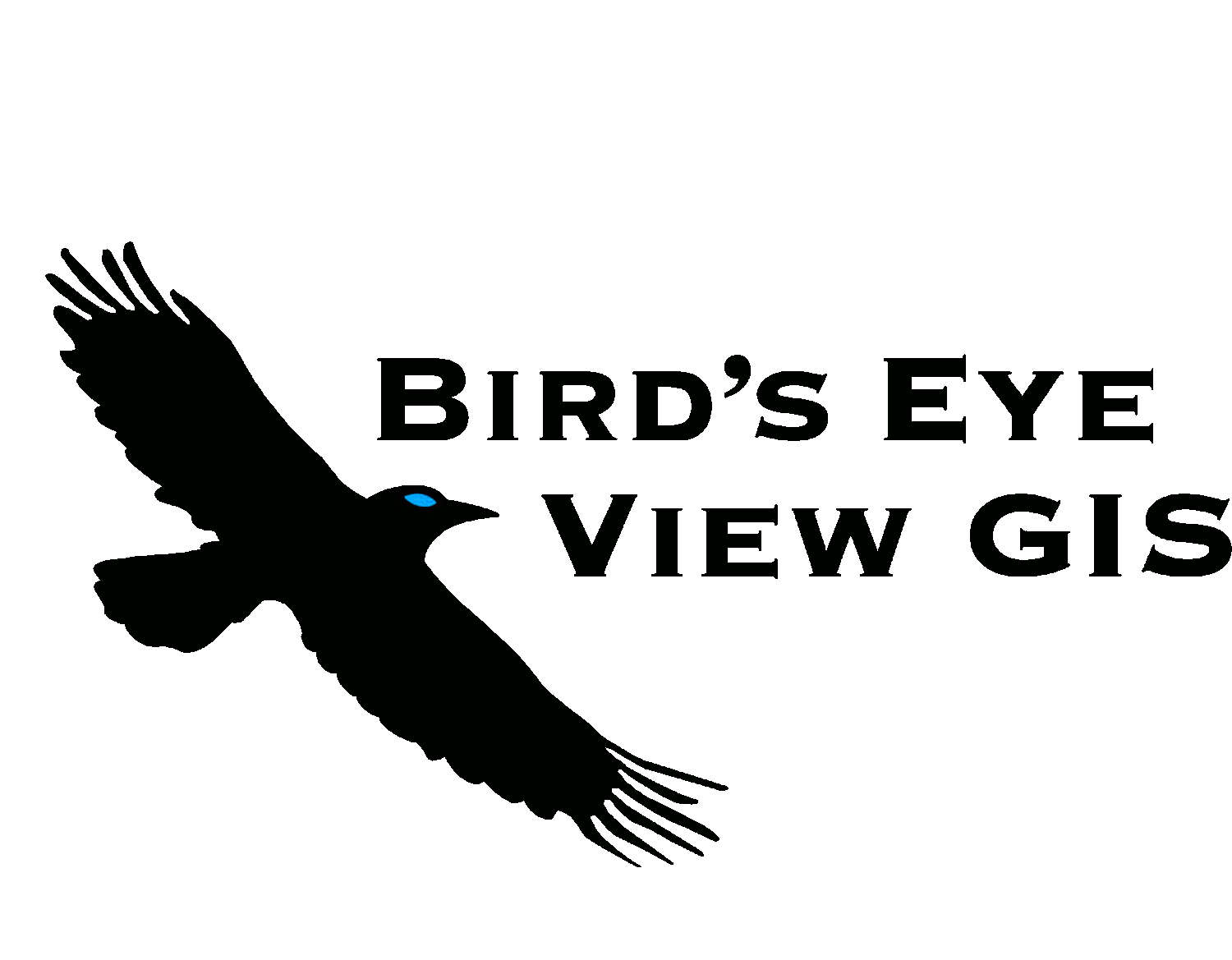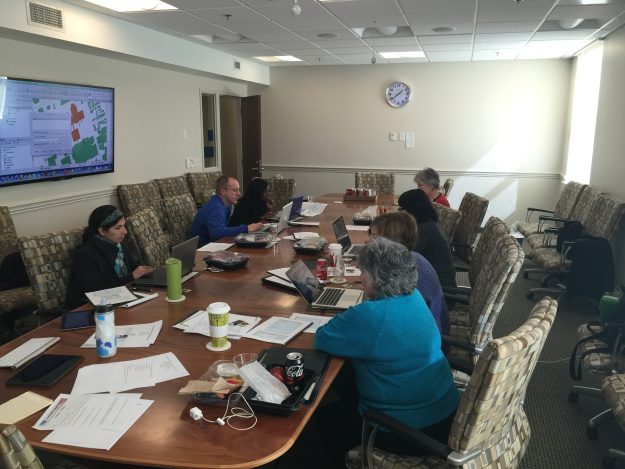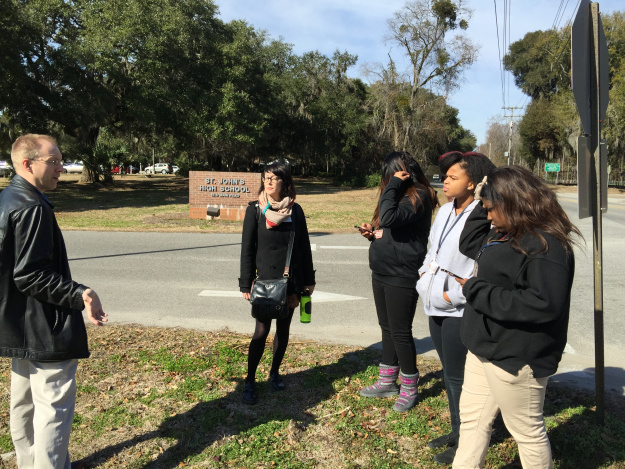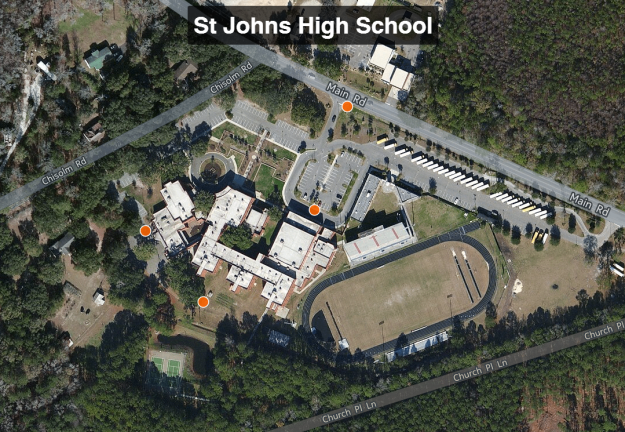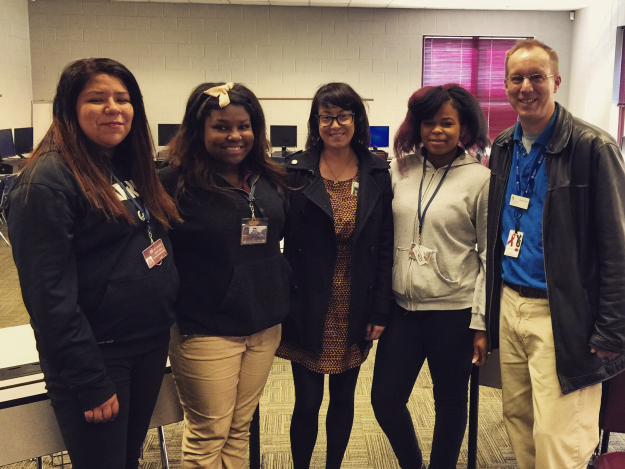Professionally
- ~ 400 maps made...roughly
- Numerous analyses done, some big, some small
- Worked for 21 clients
- Authored Discover QGIS with Locate Press
- Co-authored Mastering QGIS Second Edition with Packt Publishing
- Began learning R & working with GeoPackages, getting better at PostGIS/SpatiaLite and brushing up on Python
- Continued to migrate all GIS work to FOSS4G
- Connected with a lot of great geospatialists via social networking
- Taught Community Health Map workshops in:
- Seattle WA (twice)
- Honolulu HI
- Spokane WA
- Bethesda MD (twice)
- Gave talks at:
- FOSS4G-NA (Raliegh)
- The Florida Community Health Worker Coalition (Orlando)
- Haskell Indian Nations University (Lawrence)
- CHM Symposium (Bethesda)
- The Association for Prevention and Teaching Research (Albuquerque)
- Authored 17 Community Health Mapping blog entries
- Taught 8 GIS courses at UNM Continuing Education
- Travelled to:
- Seattle (twice)
- Lawrence KS
- Raliegh
- New York City
- Washington DC
- Orlando FL
- Bisbee AZ
- Spokane WA
- Honolulu
- Meeker CO
- Denver (twice)
- Red River NM
Personally
- Worked out 205 times...20 more than last year!
- Climbed my 21st fourteener (Mt Bierstadt)...a work in progress
- PR dead lift – 355lb
- PR back squat – 315lb
- Walked 410 miles...ah technology!
